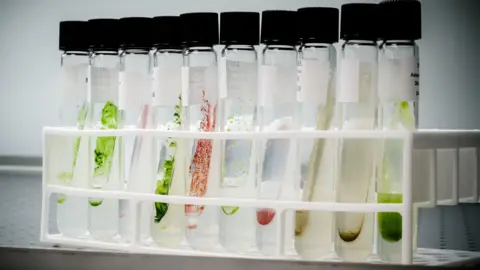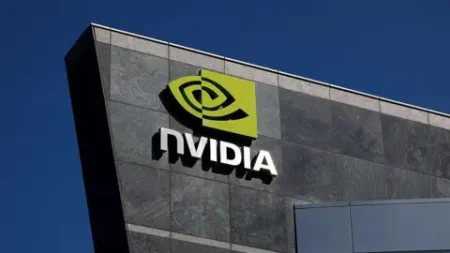**Artificial Food Colors Phase Out: Exploring the Future of Natural Alternatives**
In a significant shift towards healthier dietary standards, artificial food colors are being pushed out from food products. The recent actions taken by the U.S. Food and Drug Administration (FDA) mark a pivotal moment in food regulation. Specifically, in January 2025, the FDA announced the ban of Red Dye No. 3, a common color additive, which underscores a growing trend towards eliminating synthetic dyes in food items.
The FDA aims to phase out a host of petroleum-based synthetic dyes, such as Yellow Dyes 5 and 6 by the end of next year, as part of a broader initiative termed “Make America Healthy Again.” The FDA Commissioner, Marty Makary, described the current exposure of children to synthetic chemicals as a “toxic soup,” emphasizing the urgency to reassess food safety and ingredient standards. Although the FDA is not enforcing a mandatory ban, they hope that the food industry will voluntarily comply with the regulation and phase out artificial dyes by 2026.
This movement is gaining traction, driven by advocacy from parents and campaigners who have long urged the FDA to reconsider the usage of artificial dyes and educate consumers on their potential health risks. Many U.S. states have also been passing laws to curb the use of these artificial additives, highlighting a significant shift in public consciousness regarding food ingredients.
In contrast, the European Union and the United Kingdom have been ahead of the curve, having imposed stricter regulations on artificial colorings for decades. The EU has gradually phased out these colorants, simultaneously enforcing clear labeling to inform consumers about the use of artificial dyes.
As the artificial food dyes are being removed from the market, companies are now increasingly looking for eco-friendly and healthier alternatives, with microalgae emerging as a significant player in this arena. French company Fermentalg has been at the forefront of this endeavor, tapping into the vast biodiversity of microalgae. With over a hundred thousand microalgae species to explore, Fermentalg is investing in understanding which breeds can yield vibrant pigments for food applications.
One standout species in this initiative is Galdieria sulphuraria, known for producing a pigment dubbed Galdieria blue, which has been submitted for FDA approval. According to Hywel Griffiths, Chief Scientific Officer at Fermentalg, the process for growing and extracting pigments from this algae species has shown promising results and is expected to feature in consumer products within the next year.
In recent developments, Galdieria blue, along with other alternatives like Butterfly pea flower extract and Gardenia blue, have indeed received approval from the FDA, paving the way for their incorporation into food products.
This urgent shift is not unique to Fermentalg. Other companies, such as the U.S.-based Sensient, are also innovating. Sensient extracts natural colors from crops like carrots and potatoes, ensuring a vibrant hue for food products while adhering to health standards. Sensient CEO Paul Manning notes, however, that achieving stable, vivid colors through natural means presents a unique challenge as many natural colors do not hold the same vibrancy as synthetic alternatives. Issues of stability and shelf life are also at play, with many natural pigments fading or altering over time compared to artificially synthesized colors.
For brands reliant on the vibrant shades provided by synthetic dyes, transition has proven a significant logistical challenge. Companies, including Kellogg’s and Nestlé, are scrambling to reformulate their products as they disconnect from artificial dyes. The Kellogg Company recently announced plans to remove these FD&C colors from their cereals sold in schools by the 2026-27 school year.
Natural color alternatives might come with a premium price, yet as the amount needed in product formulations is often minuscule, the overall impact on product pricing should be minimal.
As the deadline of 2026 looms, companies are racing against time to make the necessary adjustments to their formulations, with the added concern that many natural colors may not yet be commercially viable or stable. The impending bottleneck in production and availability of adequate natural color alternatives raises questions about how quickly and effectively the food industry can adapt.
Overall, the transition away from artificial dyes marks a substantial evolution in the realm of food production and consumer health, which could be indicative of a wider trend towards sustainable and safer food preparation practices. As natural coloring options emerge, they present both opportunities and challenges for brands navigating this shift. With a collective effort aimed toward ensuring both visual appeal and consumer health, the landscape of food coloring is on the cusp of transformation.











